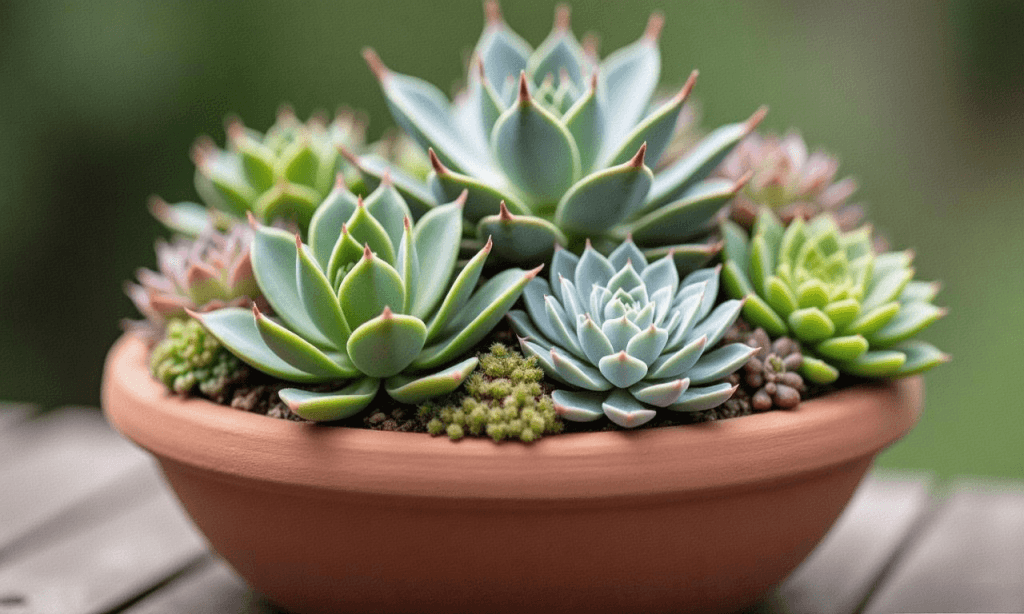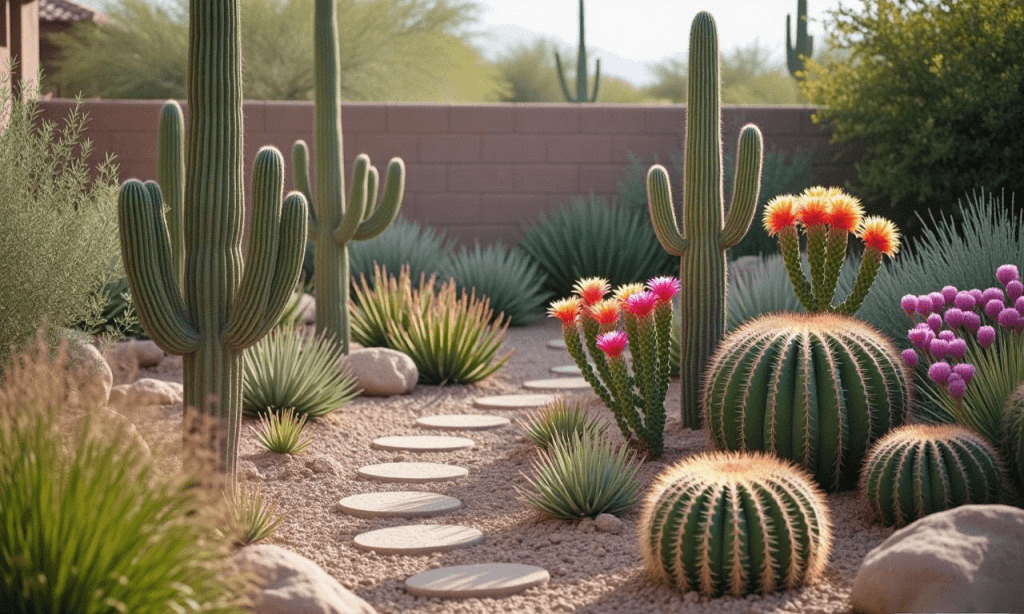10 Best Drought-Tolerant Plants for Your Backyard [2024 List]
Introduction: Why Choose Drought-Resistant Plants?
With rising temperatures and water restrictions becoming more common, low-water gardening is no longer just a trend—it’s a necessity. According to a 2023 EPA report, outdoor water use accounts for nearly 30% of household consumption, much of it wasted on thirsty lawns.
But here’s the good news: you can still have a lush, vibrant garden while conserving water. Drought-tolerant plants are hardy, low-maintenance, and often more pest-resistant than traditional options. Whether you live in Arizona’s arid climate or a Mediterranean-like region, this 2024 list will help you pick the best plants for a water-wise backyard.
1. Lavender (Lavandula spp.)
Why It’s Great for Dry Climates
- Thrives in full sun with minimal watering once established.
- Fragrant flowers attract pollinators like bees and butterflies.
- According to the Royal Horticultural Society (RHS), lavender is highly resistant to drought and deer.
Growing Tips
- Plant in well-draining soil (sandy or rocky mixes work best).
- Avoid overwatering—lavender hates soggy roots.
- Personal recommendation: English lavender (Lavandula angustifolia) is the most cold-hardy variety.
Case Study: California’s Lavender Farms
- Central Valley growers report 50% less irrigation compared to traditional flower crops.
2. Succulents (Various Species)
Top Picks for Drought Resistance
- Agave – Stores water in thick leaves; survives months without rain.
- Sedum (Stonecrop) – Spreads easily, perfect for rock gardens.
- Aloe Vera – Medicinal and decorative; thrives in pots.
Water-Saving Benefits
- A 2022 study in *Horticulture Research* found succulents use 70% less water than turf grass.
Regional Adaptation
- In Texas, agave plants flourish in extreme heat (Zone 9+).
- UK gardeners should opt for hardier sedums due to wet winters.
3. Russian Sage (Perovskia atriplicifolia)
Why Gardeners Love It
- Silvery foliage and purple spikes add elegance to dry gardens.
- USDA Hardiness Zones 4–9—survives both cold winters and hot summers.
Maintenance Tips
- Prune in early spring to encourage bushier growth.
- No fertilizer needed—overfeeding reduces drought tolerance.
4. Yucca (Yucca filamentosa)
Architectural & Tough
- Sword-like leaves stay green year-round.
- Drought-proof once established—roots store water efficiently.
Best for:
- Desert climates (Arizona, Nevada)
- Coastal areas (salt-tolerant)
5. Rosemary (Rosmarinus officinalis)
Dual-Purpose Plant
- Culinary herb + drought-resistant shrub.
- RHS confirms it repels pests naturally.
Growing Advice
- Plant near vegetables to deter aphids.
- Avoid wet soil—rosemary prefers dry conditions.
6. California Poppy (Eschscholzia californica)
Bright & Low-Maintenance
- Self-seeding annual—comes back yearly with minimal care.
- State flower of California—naturally adapted to dry summers.
Case Study: Drought-Stricken Australia
- Melbourne homeowners replaced lawns with poppies, cutting water use by 40%.
7. Ornamental Grasses (e.g., Blue Fescue, Fountain Grass)
Why They Work
- Deep roots access underground moisture.
- Movement and texture enhance garden aesthetics.
Personal Favorite:
- Pennisetum ‘Fireworks’—burgundy-red blades add drama.
8. Bougainvillea
Tropical Drought Champion
- Vibrant blooms with almost no watering in mature plants.
- Best for: Florida, Southern California.
9. Lantana
Butterfly Magnet
- Heat-loving, thrives in poor soil.
- Warning: Can be invasive in some regions (check local guidelines).
10. Olive Tree (Olea europaea)
Classic Mediterranean Choice
- Symbol of drought resistance—lives for centuries with little water.
- Data from the Journal of Agricultural Science shows olive farms use 80% less water than almond orchards.
Final Tips for a Water-Wise Garden
- Mulch heavily to retain soil moisture.
- Group plants by water needs (hydrozoning).
- Use drip irrigation for targeted watering.
Disclaimer
This guide provides general recommendations. Always verify plant suitability for your specific USDA Hardiness Zone and local regulations. AI-generated images are for illustrative purposes only and do not depict real gardens or individuals.
Sources Cited:
- EPA WaterSense Report (2023)
- Royal Horticultural Society (RHS) Drought-Tolerant Plant Guide
- USDA Hardiness Zone Map
- Journal of Agricultural Science (2023 Irrigation Study)
haley
|
2025.04.23






